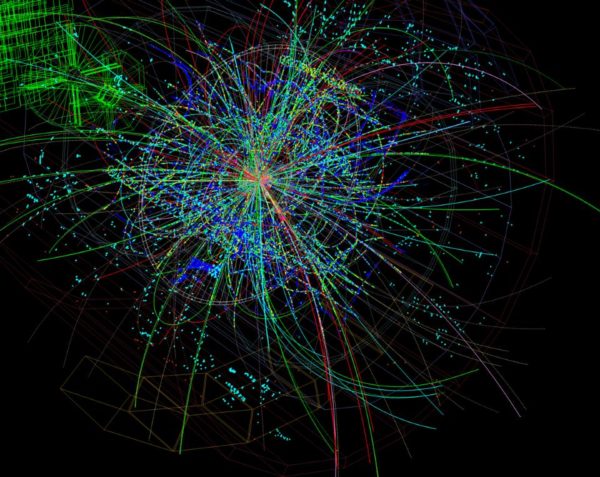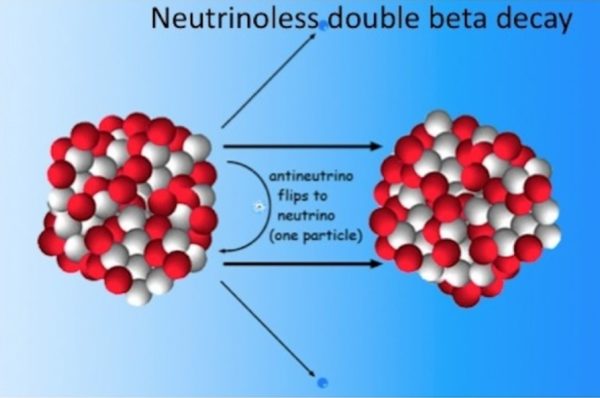"There are several categories of scientists in the world; those of second or third rank do their best but never get very far. Then there is the first rank, those who make important discoveries, fundamental to scientific progress. But then there are the geniuses, like Galilei and Newton. Majorana was one of these." -Enrico Fermi
Want to uncover the secrets to the Universe? Find out what particles and interactions there are beyond the Standard Model? The conventional approach is to take particles up to extremely high energies and smash them together, hoping that something new and exciting comes out. That’s a solid approach, but it has its limits. In particular, we haven’t seen anything new at the LHC other than the Higgs Boson, and might not even if we run it forever.
 The particle tracks emanating from a high energy collision at the LHC in 2014. Although these collisions are plentiful and incredibly energetic, they have not yet yielded any compelling evidence of physics beyond the Standard Model. Image credit: Wikimedia Commons user Pcharito.
The particle tracks emanating from a high energy collision at the LHC in 2014. Although these collisions are plentiful and incredibly energetic, they have not yet yielded any compelling evidence of physics beyond the Standard Model. Image credit: Wikimedia Commons user Pcharito.
But another, more subtle approach might yield heavy dividends: simply gathering a very large number of unstable atoms and looking for a special type of decay: neutrinoless double beta decay. If this decay actually occurs in nature, it would mean that neutrinos aren’t like the other particles we know of, but rather that neutrinos and antineutrinos are the same particles: Majorana particles!

